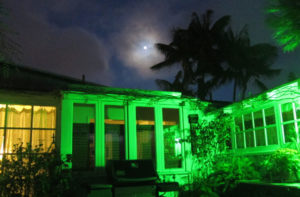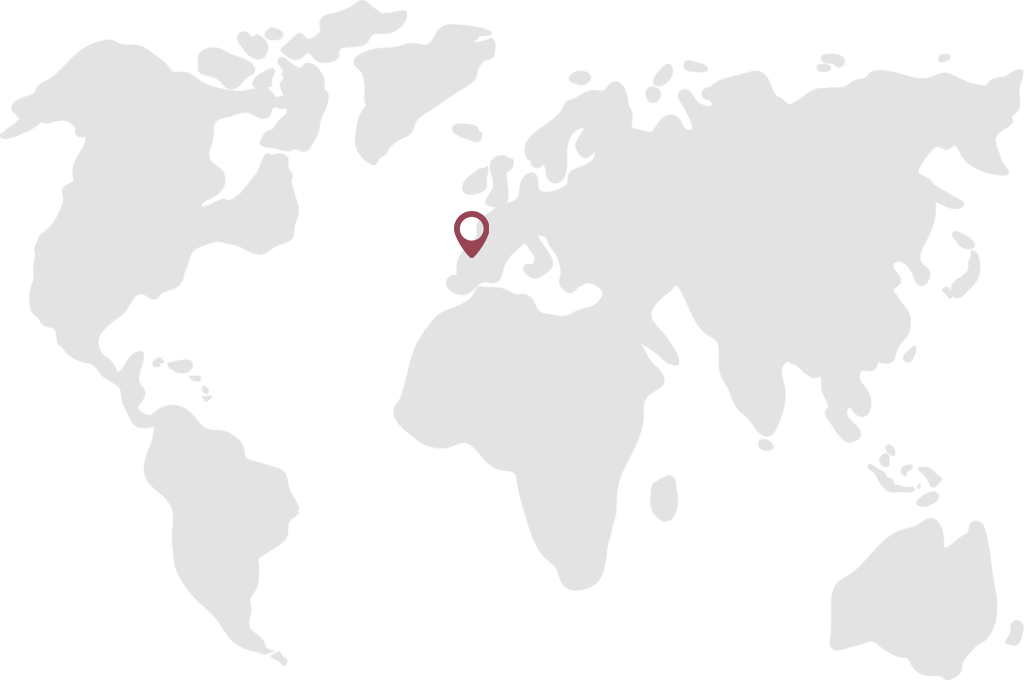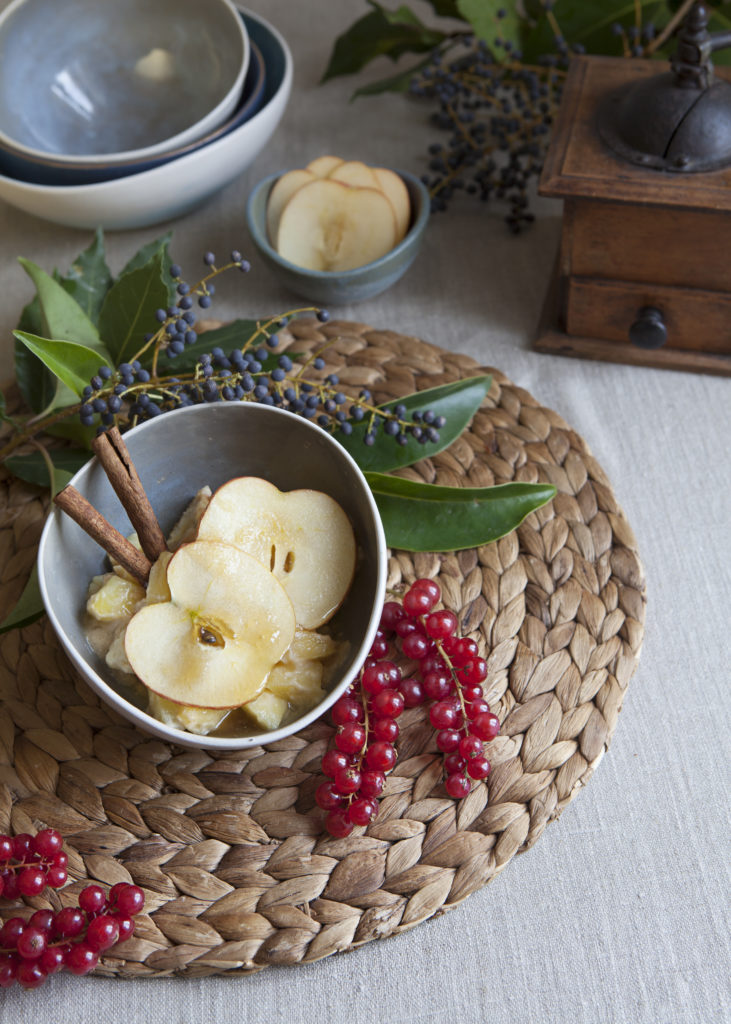
OVERVIEW.
Years ago in Berlin, I sampled cracking good Riesling wines. However, I have yet to visit Germany’s Moselle Valley, which is renowned for steep slopes and Riesling.
Below are wise words from an organic winemaker who contributed an excellent dessert recipe to my forthcoming book The Winemakers’ Cooking Companion. This man’s family-run Hoffman-Simon winery is in Piesport and focuses on Riesling grapes; at least half grow on severely steep, slate hillsides.
1. CHEF / WINEMAKER.
Dieter Hoffman is co-owner of the Hoffman-Simon winery located in the Moselle Valley of Germany. Since 2012 the winery has organically grown grapes on 25 acres (10 hectares) of steep, slate soils. They use manure and compost as fertilizer, because they believe this leads to ecological balance. It also results in each vineyard having its own individual aroma.
The following are Dieter’s own words, translated from German, and taken from his website.
“I used to think that I had to make enormous efforts to defend myself against the injustice and wickedness of nature. It was extremely relaxing to see that nature shaped us. That living conditions are optimally tailored to our needs. The living conditions on our planet are mostly not hostile to life, but quite pleasant and provide a lot of fun and joy.

“My contribution is to small-scale, organic agriculture. I want to open myself to new developments, but in a partnership and not in a destructive relationship with nature. It is not necessary to apply more and more pesticides in agriculture in order to safely feed an increasing world population…The soils are destroyed, natural diversity is lost, pesticides are now everywhere.”
[Since converting to organic agriculture, he wrote:]
“My satisfaction has increased, I spend less money on pesticides and I have hired more long-term temporary workers. So I invest more money in people and less in the chemical industry.”

2. DISH.
The recipe that Dieter contributed is Wine Apple Tart.
Basically, you line a free-form pan with a pie crust, and then add a filling—which is a combination of apples, sugar, a bottle of dry or semi-dry Riesling, and a few packages of vanilla pudding powder. Then bake this for 40 minutes.
“This apple tart matches nicely with sweet Rieslings,” Dieter noted.
My own notes, written after first cooking this dish in the past, are: ‘This hot, sweet recipe is perfect for stormy nights or even cool summer evenings. Most of the filling is Riesling, so select a good quality wine.’
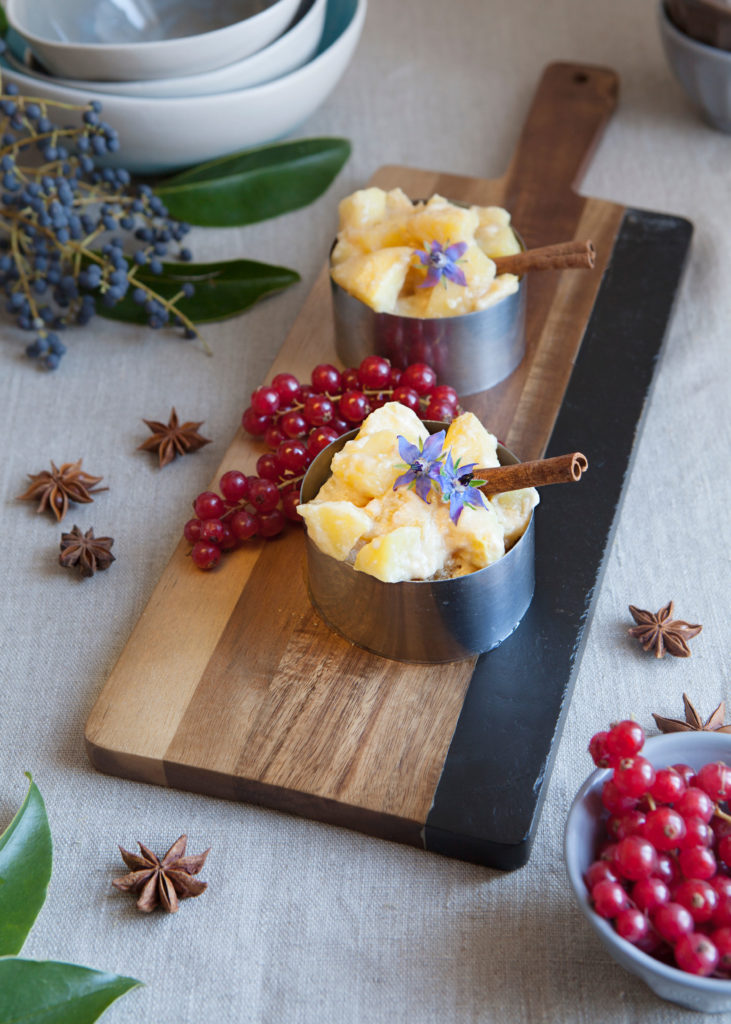
3. WINE.
With this tart you can drink a wine on the sweeter side from Hoffman-Simon. Here in France I poured a relatively dry Riesling from Weingut Jakobi-Steffen, also from the Moselle Valley.

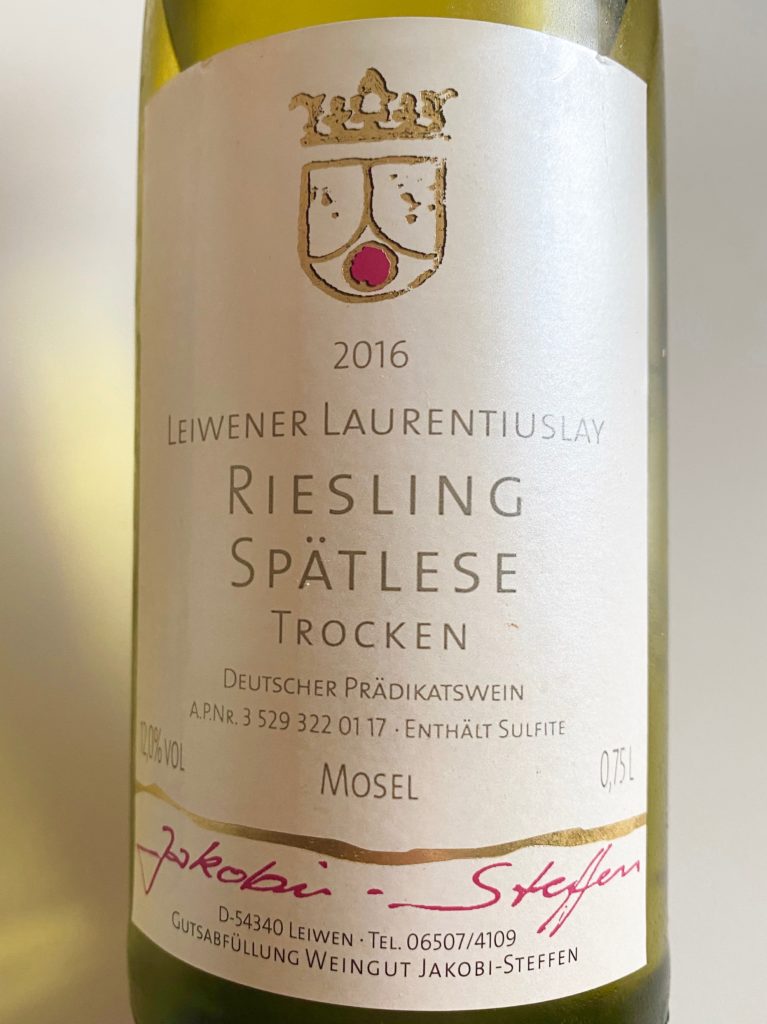
SCENE.
Finding pudding powder is key for this dish. Otherwise you have a hot Apple/Riesling soup. My effort a few years ago (photo below) sort of crumbled from not having used enough powder. But the taste? Wow!
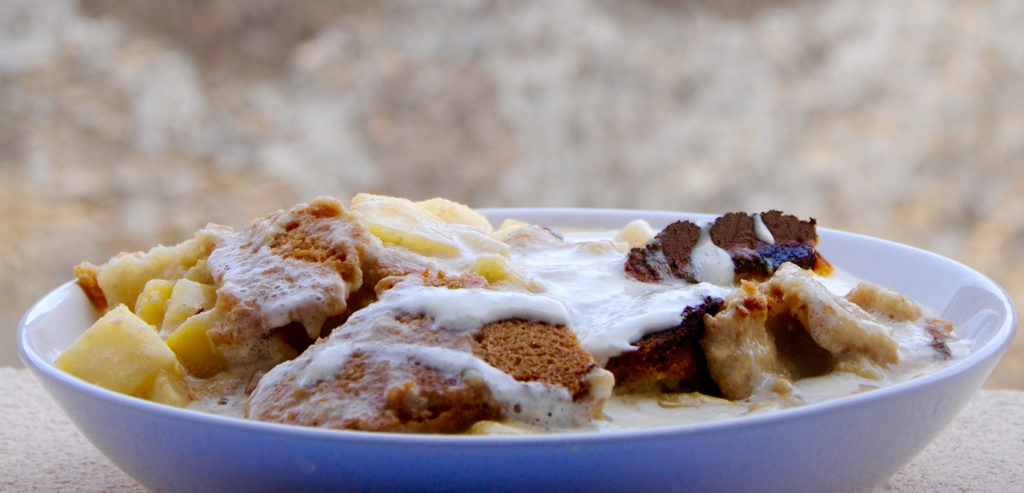
BONUS NEW YEAR ESSAY.
Is Wine Tasting A Doddle?
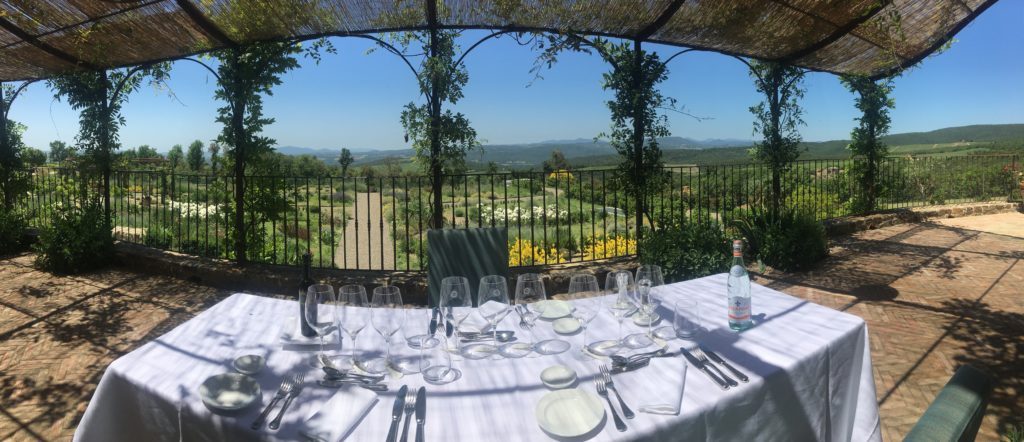
You might think professional wine tasting is a gig that involves sipping, swallowing, copping a buzz and scribbling generic descriptors about some Merlot/Cabernet Sauvignon blend as being ‘tannic and balanced with great acidity and a long finish.’
It’s not so simple.

In the year 2019 I attended 107 wine tastings in 8 countries associated with at least 34 wine regions. At each of these I sampled, scored, and took notes on hundreds of wines.
What does that entail?
Let’s say I visit a winery, or an exposition where dozens of winemakers show and pour their wines at stalls.

After a decade of practice, there are specific actions I take when sampling each wine, and when visiting each new wine producer. To maintain consistency, it’s best not to skip any step. Which means, in order to concentrate, no swallowing wine during tastings.
For each winery or wine booth visited, there are 6 distinct actions I take (such as taking a photograph of the name of the winery, exchanging business cards, and briefly explaining my goals), while for each wine sampled there are 19 specific actions taken (including photographing the bottle label, evaluating characteristics of both aromas and tastes, and noting relevant winemaking details). For the sake of brevity, I’ll not list all actions here.

On a relatively recent October morning in Bologna in Italy, for example, I began the day by tasting 13 wines from 5 different wineries in 80 minutes.
If you do the math, that is (5 x 6) + (13 x 19) = 277 specific actions taken before 11.30 a.m. on what was to be a very full day (which included attending cooking and wine tasting lectures and presentations). This tasting took place while standing and being simultaneously bombarded with questions: Where am I from? Who do I write for? Do I like their wine?
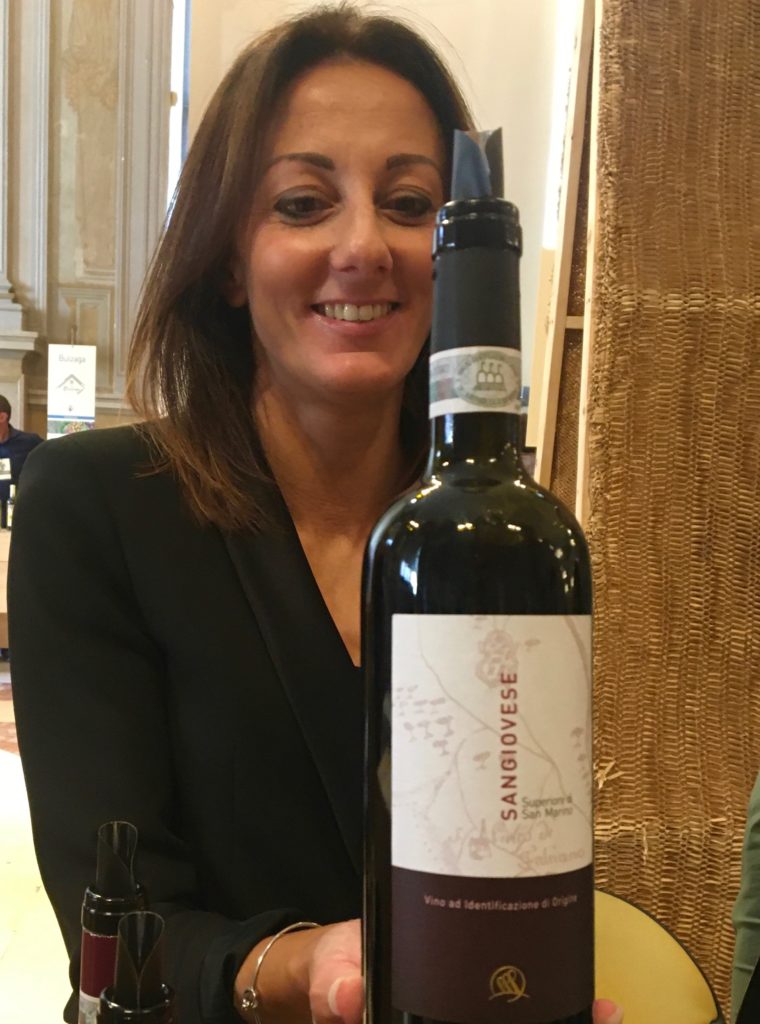
Besides such questions, I also (sometimes) get blasted with verbal information about the winery’s size and age, type of grapes grown, maceration times, oak sources, trellising, grandpa’s age when he started the winery and why their reserve Sangiovese is named after the family’s Siberian Husky. Too often winemakers repeat how great wine is ‘made in the vineyard, not in the winery.’ Meanwhile, at crowded events, others clamor and jostle to taste more wines (except in Bologna, where people truly were exceptionally polite).
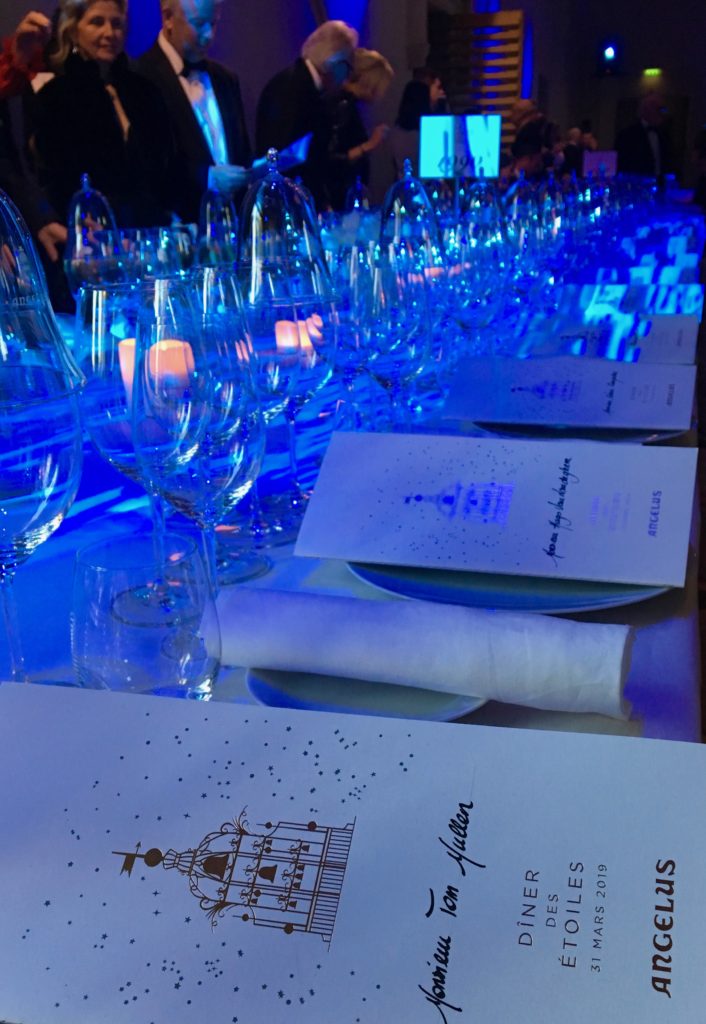
Unless experienced, those who pour wines often choose to speak at the very moment I’m mentally evaluating its characteristics (amid what may be the din and clutter of a loud, busy tasting room). Meanwhile the phone is ringing or pinging or Whatsapping from others eager to coordinate lunch plans.
At lunch, I will deservedly drink rather than spit the wine served.
Maybe now you understand the importance of not swallowing a drop of wine during a morning tasting? If I catch a buzz and miss any of those 19 steps, assembling notes and later cross referencing these with photographs becomes far more challenging.
However, no complaints about attending wine events!

